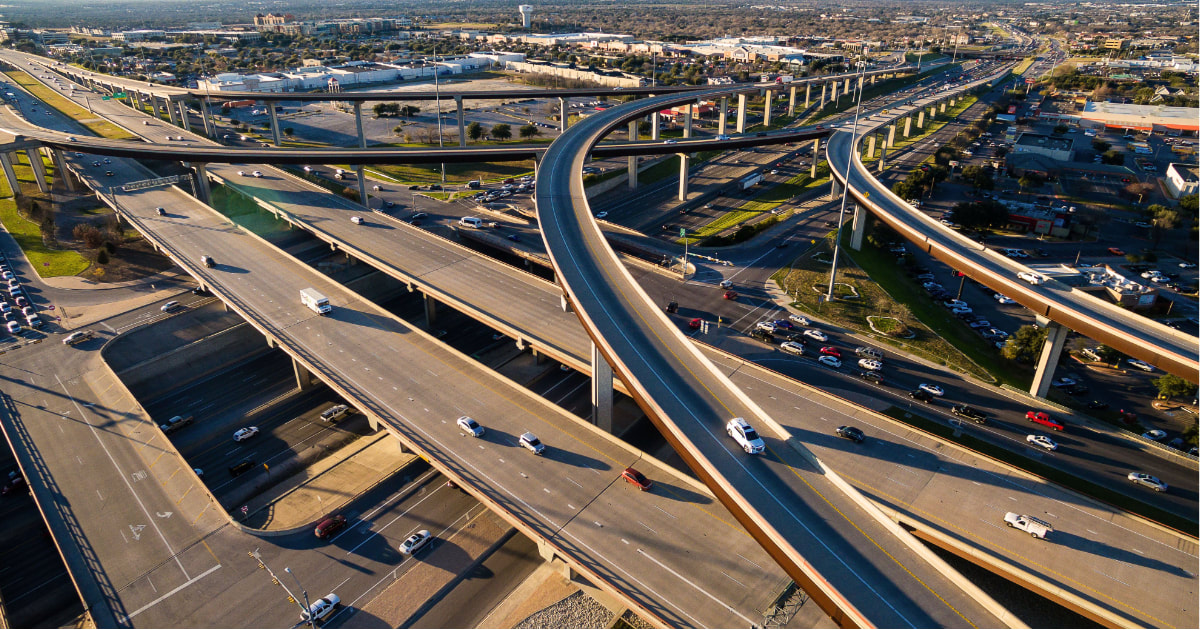|
By Walter E. Block
The Texas Department of Transportation has implemented a new policy, in an attempt to reduce highway fatalities (which hover just under 40,000 people slaughtered annually on a national basis). This new initiative involves posting large digital signs near the roadways depicting the exact number of Texas residents who perish on state roadways. At the outset, one might be forgiven for thinking this a good idea. What better way to scare the pants off of motorists and encourage them to drive more carefully? Thus, as a result, there would be less drunken driving, less speeding and lane changing, less texting, less sleeping behind the wheel, etc. If becoming acquainted with the exact number of highway deaths in the Lone Star State compared to the previous year’s total would not lead to better driving behavior, it is difficult to see why not. But this an empirical matter, not one of pure logic. In the event, however, a group of scholars did some research on this matter. They started off with the not unreasonable expectation that this new policy would indeed save lives. Economics professor Jonathan Hall of the University of Toronto, one of the authors of this study stated as follows: “We did not start this project thinking these signs hurt, we thought they helped.” However, their study, published in the scholarly peer reviewed journal Science reached the very opposite conclusion. The number of car crashes increased by 4.5% on the 6.2 miles of roads allotted to this experiment. They were only implemented one week per month, so that other possible causal agents could be held constant, and the effects of this policy could be more clearly ferreted out. Why the failure of this common-sense expectation? In the view of Joshua Madsen, a University of Minnesota researcher for this study: “Driving on a busy highway (and) having to navigate lane changes is more cognitively demanding than driving down a straight stretch of empty highway. People have limited attention. When a driver’s cognitive load is already maxed out, adding an attention-grabbing, sobering reminder of highway deaths (can) become a dangerous distraction.” All of this, sorry to say, is a bit hum drum; ok, boring. A bunch of academic researchers testing a hypothesis. No big deal. Nothing to see here folks, move along. Now for the real story. Veronica Beyer, representing the Texas Department of Transportation the organization which introduced this policy, was having none of these findings from a bunch of pointy headed intellectuals. Her reaction to this study: “In relation to this particular study, there are too many unknowns to draw any firm conclusions.” Bottom line, the practice continues, even if it boosts the highway fatality rate. Thomas Sowell, one of the most gifted economists ever to have graced that part of the planet which includes the dismal science had something very profound to say about situations like this: “It is hard to imagine a more stupid or more dangerous way of making decisions than by putting those decisions in the hands of people who pay no price for being wrong.” Precisely. Who, then, stands to lose money if their assessment is erroneous? No one, that is who. Certainly not the Texas DOT; equally surely, not the researchers either. Imagine an alternative scenario. Posit a competitive highway, street and road industry where owners of these facilities were profit seeking business firms. (I know this sounds preposterous, but roads were initially privately owned, and other long, thin transportation thoroughfares such as railroads still are.) Then, some could gain or lose profits, depending upon whether these digital signs saved lives or not. If they function as the Texas DOT had hoped, and an entrepreneur implemented them, he would tend to gain profit and be able to spread this practice by purchasing and/or building more and more road mileage. If the professors were correct, profit and loss considerations would tend in the direction of abandoning this initiative. In either case, Sowell’s insightful dictum will have been incorporated into economic practice. The author, a professor of economics at Loyola University New Orleans, has published this book: Block, Walter E. 2009. The Privatization of Roads and Highways: Human and Economic Factors; Auburn, AL: The Mises Institute Pegs: “Road-death signs cause more crashes, study says; New research suggests message boards showing fatality statistics—meant to boost awareness—can dangerously distract U.S. drivers.” Aylin Woodward, April 21, 2022; https://www.wsj.com/articles/highway-death-toll-messages-linked-to-rise-in-car-crashes-study-says-11650564901 “Road-death warning signs actually increase crashes: study. Research suggests the extra information from the large, digital signs overloads drivers and leads them to make mistakes.” Jil McIntosh, Apr 28, 2022. https://driving.ca/auto-news/awards-surveys/road-death-warning-signs-actually-increase-crashes-study-finds#:~:text=Almost%20half%20of%20U.S.%20states,increased%20when%20the%20signs%20were Study Reveals an Unexpected Side Effect of Traffic Safety Messages Carly Cassella, 24 April 2022. https://www.sciencealert.com/car-crash-statistics-on-road-signs-could-harm-drivers-more-than-help Comments are closed.
|
Archives
July 2024
|


 RSS Feed
RSS Feed



